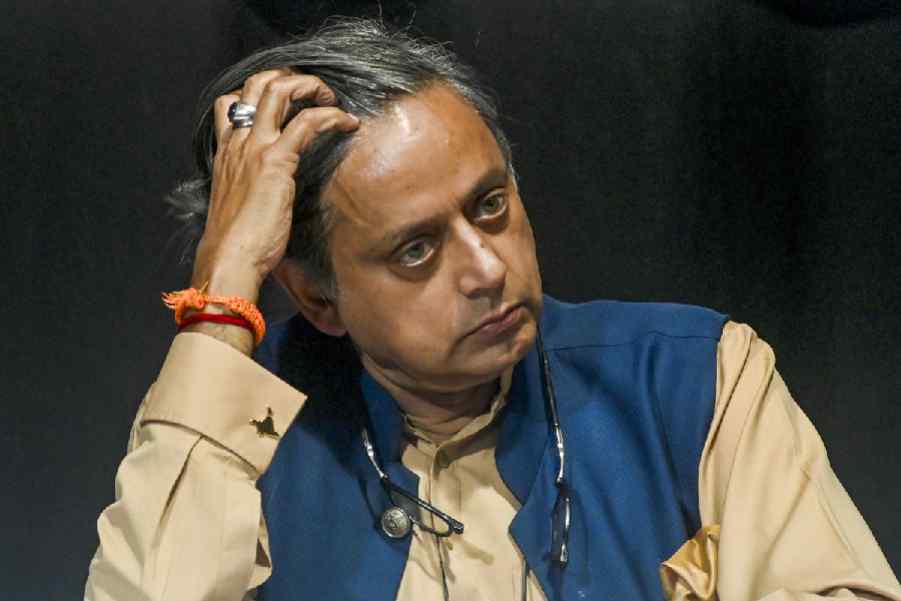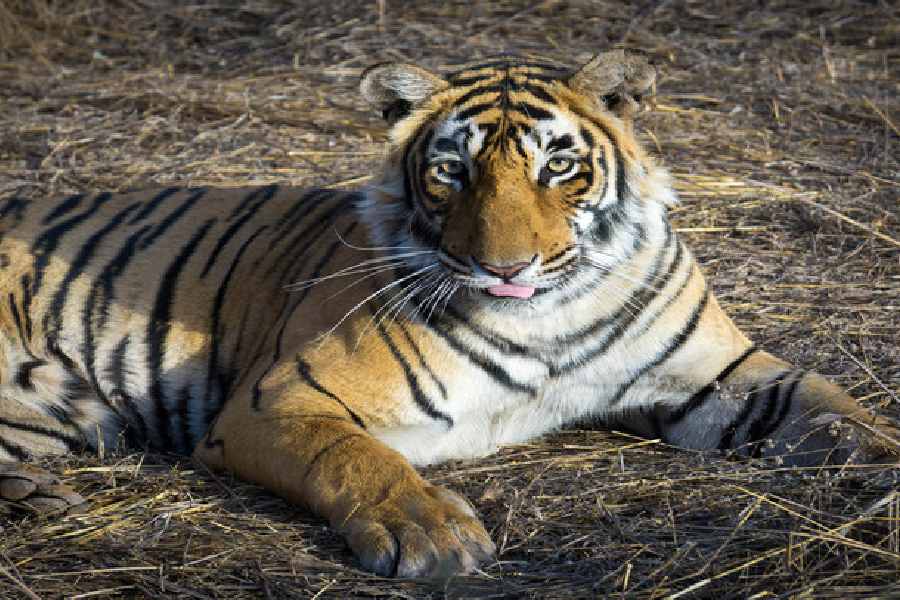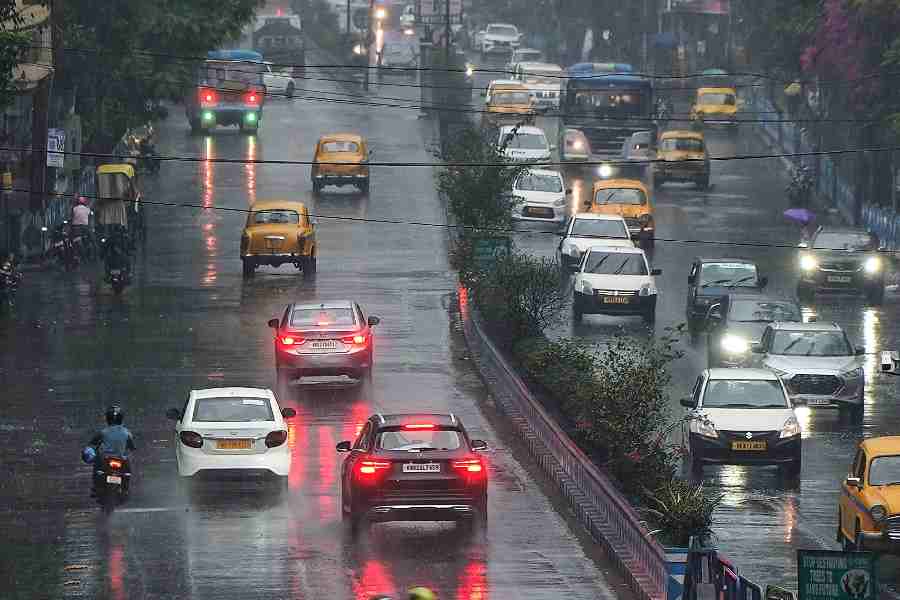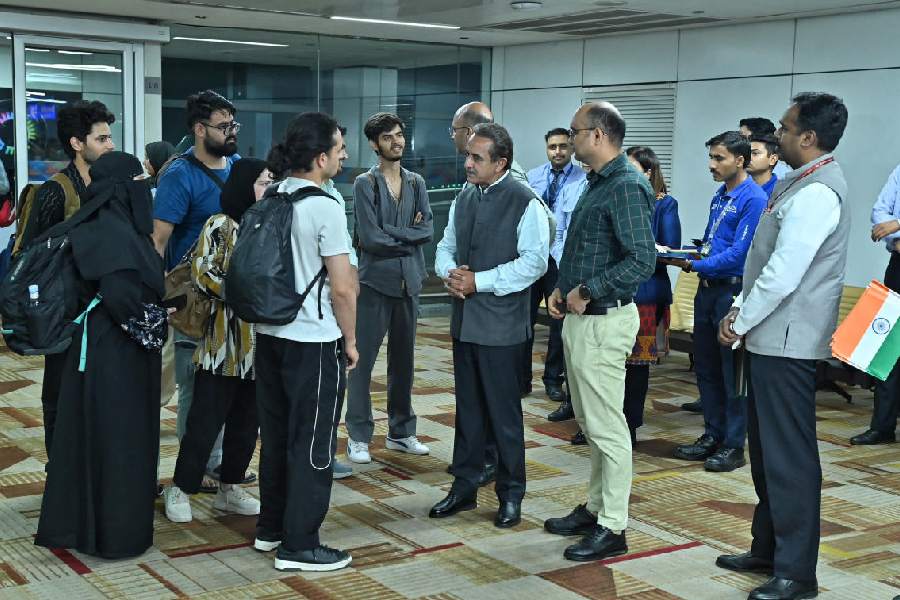Bhubaneswar, Aug. 11: Two more Regional Museums of Natural History (RMNH) would be set up in the country to showcase regional flora and fauna.
One is already under construction at Sawai Madhopur in Rajasthan and the other will come up at Gangtok in Sikkim.
Sources said the galleries of the RMNH at Sawai Madhopur town would be ready by year end. For the RMNH at Gangtok, land had been demarcated and other formalities preceding construction would be completed shortly. Both centres would become full-fledged regional museums within a year or two, said sources.
B. Venugopal, director, National Museum of Natural History (NMNH), New Delhi, at Tansen Marg, which is the apex body of all the regional centres, told The Telegraph: “At present, there are three regional natural history museums — Mysore for south India, Bhopal for central India and Bhubaneswar for the eastern region. So, we want to have a western centre at Rajasthan. The Gangtok centre will be useful to give proper representation to the north-east.”
Venugopal also said there was a plan to have an exclusive national museum on biodiversity at Hyderabad. “An RMNH for the northern region will also be planned later,” he said.
Venugopal was in the city to participate in the eighth anniversary of RMNH, Bhubaneswar, yesterday. Two new galleries consisting of a Baleen whale skeleton and marine diversity, respectively, were inaugurated.
Sources at the RMNH city centre said a regional museum had been planned for the Northeast, and the Bhubaneswar facility had a gallery on the Northeast that was opened last year.
The gallery displays all the flora and fauna of the seven sister states there. The Northeast is especially famous for its simian collection. Of the 19 monkey types available in the country, it houses 10 types. It has both a pictorial collection and life-size models. The gallery also displays the birds and biodiversity around Loktak Lake. Loktak, also called a floating lake in Manipur, is a World Heritage Site.
The gallery has models of animals found in Kaziranga National Park, Namdhapa Tiger Reserve, Sikkim, and the herpetological fauna of the Northeast.
The western RMNH will be based in Sawai Madhopur district in Rajasthan, which has the Ranthambore National Park, a well-known tiger habitat, and the Ranthambore fortress.
The region is also famous for its Madhopur guavas.











